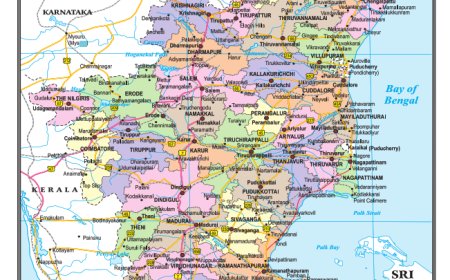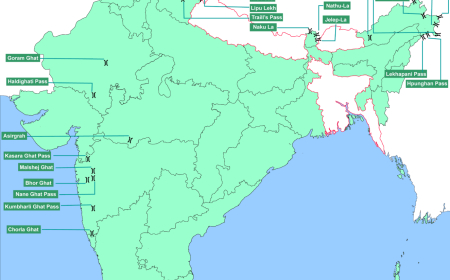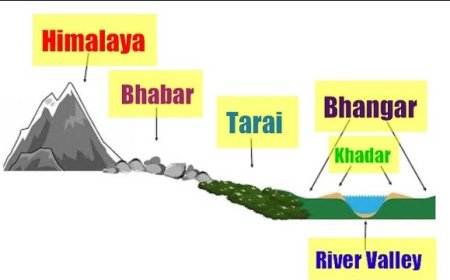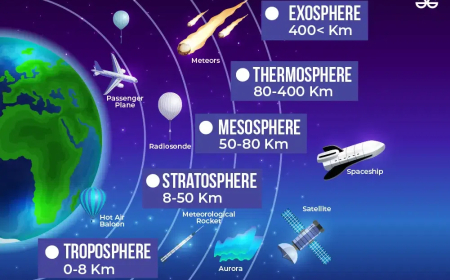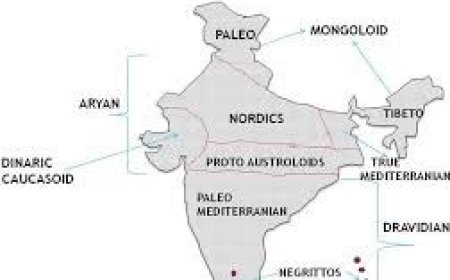Vermiculture
Vermiculture
Vermiculture
Vermiculture is the process of using earthworms to decompose organic food waste, into a nutrient-rich material capable of supplying necessary nutrients which helps to sustain plant growth
Applications of earthworm in technology of composting and bioremediation of soils and other activities is called Vermitech.
The disposal of solid wastes (bio-degradable and non- biodegradable) remains a serious challenge in most of the countries. Earthworms play a vital role in maintaining soil fertility; hence these worms are called as “farmer’s friends”. These are also called as “biological indicators of soil fertility”. The reason is that they support bacteria, fungi, protozoans and a host of other organisms which are essential for sustaining a healthy soil.
Vermicast
The breakdown of organic matter by the activity of the earthworms and its elimination from its body is called vermicast. It is a finely divided granular material and is noted for its porosity, aeration, drainage and moisture holding capacity and serves as rich organic manure.
Classification
Earthworms are divided into two major groups.
The first group, the humus formers, dwell on the surface and feed on organic matter. They are generally darker in colour. These worms are used for vermicomposting.
The second group, the humus feeders, are burrowing worms that are useful in making the soil porous, and mixing and distributing humus through out the soil.
There are different endemic (native) species of earthworms cultured in India for vermicomposting such as Periyonyx excavatus (Indian blueworm), Lampito mauritii, Octochaetona serrata.
Some earthworm species have been introduced from other countries and called as exotic species Eg.Eisenia fetida (Red worms), Eudrilus eugeniae (African night crawler).
Methods of vermicomposting
Vermicomposting methods can range from a wormbin in the kitchen for household scraps to large mechanized systems, which can be able to accommodate tons of organic material. In general these methods are of the following types:
• Bin (or) Container method
• Vermicomposting of organic wastes in field pits
• Vermicomposting of organic wastes on ground heaps
Materials Required for Vermicomposting
Biologically degradable organic wastes used as potential organic resources for vermicomposting include:
-
Agricultural Wastes:
- Crop residue
- Vegetable waste
- Sugarcane trash
-
Crop Residues:
- Rice straw
- Tea wastes
- Cereal and pulse residues
- Rice husk
- Tobacco wastes
- Coir wastes
-
Leaf Litter
-
Fruit and Vegetable Wastes
-
Animal Wastes:
- Cattle dung
- Poultry droppings
- Pig slurry
- Goat and sheep droppings
-
Biogas Slurry
Vermicompost
-
Definition: Vermicompost is produced by earthworms along with other organisms in the compost unit.
-
Site Selection:
- Choose upland or elevated level to prevent water stagnation.
- Construct a cement pit of size 3×2×1m (L×W×D) over the ground using bricks.
- Pit size can vary based on raw material availability.
- Cement pots or well rings are practical choices.
- Ensure provision for excess water drainage.
-
Vermibed Construction:
- Should not be exposed to direct sunlight; provide shade.
- First Layer: 5 cm height of gravel for drainage.
- Second Layer: 3.5 cm thickness of coarse sand for excess water drainage.
- Local Soil Layer: For native earthworms, add 15 cm of local loamy soil.
- Exotic Species: Soil layer not needed for Eisenia fetida and Eudrilus eugeniae.
-
Loading the Unit:
- Use digested biomass or animal dung (e.g., cow dung) that has lost its heat.
- Number of earthworms introduced depends on vermibed size.
- Introduce species like Periyonyx excavatus, Eisenia fetida, or Eudrilus eugeniae on top.
- Cover the unit with jute bags, cardboards, or broad leaves.
-
Water Management:
- Essential for earthworm survival.
- Maintain appropriate moisture levels; neither too little nor too much water.
-
Harvesting Compost:
- Earthworms release castings on the surface.
- Start harvesting castings from the surface when noticed.
- Composting duration varies based on biomass amount.
- After composting, handpick earthworms by creating small conical heaps of compost and exposing them to sunlight.
- Earthworms will cluster at the bottom and can be transferred to new units.
-
Vermiwash:
- Liquid collected after water passes through the vermibed.
- Useful as a foliar spray to enhance plant growth and yield.
- Contains nutrients, plant growth promoters, and beneficial microorganisms.
- Obtained from earthworm burrows or drilospheres.
-
Recycling:
- Earthworms can recycle waste food, leaf litter, and biomass to create good fertilizer.
- Use containers known as wormeries or wormbins for this process.
Earthworm Pests and Diseases
Earthworms are subjected to attack by a variety of pests. Most outbreaks are the result of poor bed management. Earthworm
enemies include ants, springtails, centipedes, slugs, mites, certain beetle larvae, birds, rats, snakes, mice, toads, and other insects
or animals which feed on worms.
Advantages of Using Vermicompost
- Vermicompost is excellent organic manure for sustainable agropractices.
- Marketing of vermicompost can provide a supplementary income.
- Vermicompost is rich in essential plant nutrients.
- It improves soil structure texture, aeration, and water holding capacity and prevents soil erosion.
- Vermicompost is a rich in nutrients and an eco-friendly amendment to soil for farming and terrace gardening.
- It enhances seed germination and ensures good plant growth.
- It improves the water holding capacity and helps to prevent soil erosion.
- It contains valuable vitamins, enzymes and growth regulator substances for increasing growth, vigour and yield of plants.
• It enhances decomposition of organic matter in soil.
• Vermicompost is free from pathogens and toxic elements.
• Vermicompost is rich in beneficial microflora.
What's Your Reaction?







